In recent years, the Philippines has witnessed a significant rise in the popularity of digital lending platforms. These platforms have revolutionized the traditional lending landscape by providing quick and convenient access to credit for individuals and businesses. This article delves into the rapid growth and impact of digital lending in the Philippines, highlighting its advantages, challenges, and the regulatory framework governing these platforms.
Understanding Digital Lending
Digital lending is a financial service that leverages technology to offer loans and credit facilities to borrowers without the need for physical branches or extensive paperwork. These platforms use algorithms and data analytics to assess the creditworthiness of applicants, enabling faster loan processing and disbursement.
The Need for Digital Lending in the Philippines
The Philippines, like many other developing countries, faces challenges in providing adequate financial services to its population. A large portion of Filipinos remains unbanked or underbanked, limiting their access to formal credit sources. Digital lending platforms bridge this gap by reaching underserved communities and offering financial products tailored to their needs.
Advantages of Digital Lending Platforms

1. Accessibility and Convenience
Digital lending platforms are accessible via smartphones and computers, allowing borrowers to apply for loans anytime, anywhere. This convenience has made credit more inclusive, reaching people in remote areas who would otherwise have to travel long distances to access traditional bank services.
2. Faster Approval and Disbursement
Unlike traditional banks, which may take days or weeks to process loan applications, digital lending platforms offer quick approval and disbursement of funds. This speed is particularly crucial during emergencies or urgent financial needs.
3. Personalized Loan Products
Digital lending platforms use advanced data analytics to assess applicants’ creditworthiness. This approach enables them to offer personalized loan products, interest rates, and repayment terms based on the individual’s financial profile.
4. Building Credit History
For individuals with limited or no credit history, digital lending platforms provide an opportunity to build a credit record. Timely repayment of loans can enhance their creditworthiness, opening doors to more extensive financial services in the future.
The Regulatory Landscape
As the digital lending industry expands, regulatory oversight becomes crucial to protect consumers from predatory practices and ensure fair lending standards. The Philippine government has been proactive in developing guidelines and regulations for digital lending platforms to maintain a healthy and sustainable financial ecosystem.
Major Players in the Philippine Digital Lending Market

Several digital lending platforms have emerged in the Philippines, catering to various customer segments. Some of the prominent players include:
1. Tala Philippines
Tala Philippines offers microloans to underserved individuals, leveraging alternative data sources to determine creditworthiness.
2. Cashalo
Cashalo provides consumer and business loans, focusing on financial inclusion and empowering the unbanked population.
3. Blend PH
Blend PH specializes in salary loans and offers a user-friendly app for loan applications and repayments.
4. Uploan
Uploan targets the employed segment with salary deductions and affordable interest rates.
Ensuring Consumer Protection
While digital lending platforms offer immense benefits, there are concerns about potential risks and abuse. To safeguard consumers, the government collaborates with industry players to establish fair lending practices, transparency in fees, and proper disclosure of terms and conditions.
Challenges and Opportunities for Digital Lending Platforms
1. Credit Risk Management
Effective credit risk management is essential for digital lenders to maintain a healthy loan portfolio. Advanced data analytics and machine learning can aid in accurately assessing borrowers’ creditworthiness and reducing default rates.
2. Data Privacy and Security
As digital lending involves handling sensitive personal and financial data, ensuring data privacy and security is paramount. Platforms must implement robust cybersecurity measures to protect customer information.
3. Financial Literacy
Promoting financial literacy among borrowers is crucial to help them make informed decisions and understand the responsibilities associated with borrowing.
4. Partnerships with Traditional Institutions
Collaboration with traditional banks can enhance the credibility of digital lending platforms and foster innovation in the financial sector.
Future Trends in Digital Lending
The future of digital lending in the Philippines looks promising. Several trends are likely to shape the industry:
1. Expansion of Services
Digital lending platforms may diversify their offerings beyond personal loans to include insurance, investment products, and more.
2. Integration of Blockchain
Blockchain technology can enhance transparency, security, and efficiency in lending processes.
3. AI-Driven Customer Service
Artificial Intelligence-powered chatbots and customer support will enhance the user experience and streamline query resolution.
4. Collaboration with Fintech Startups
Partnerships with fintech startups can lead to innovative solutions and a broader customer base.







